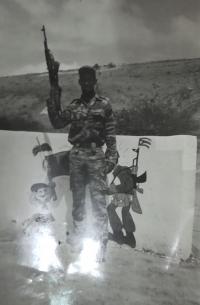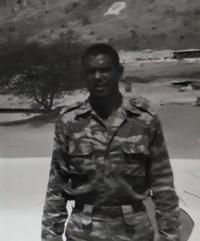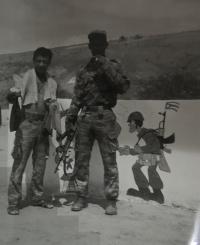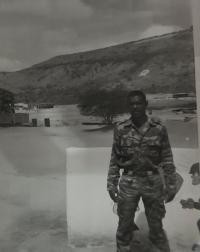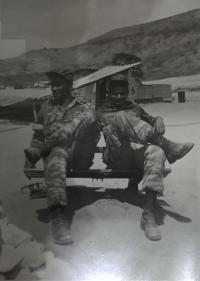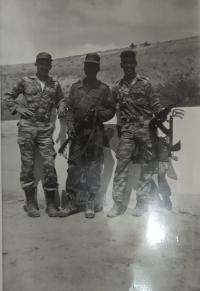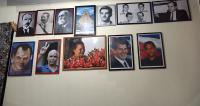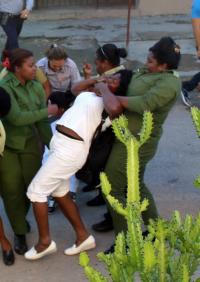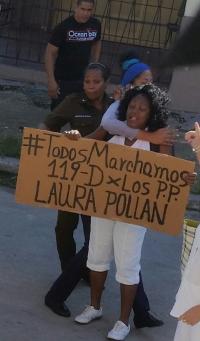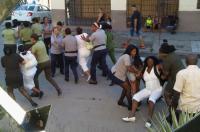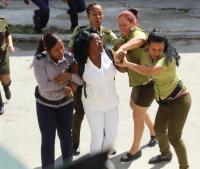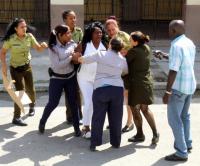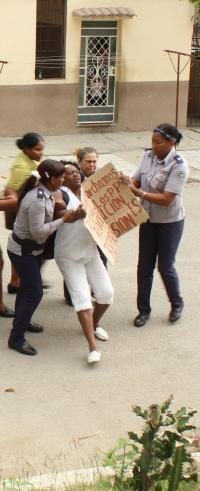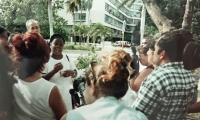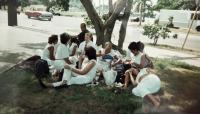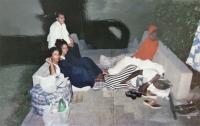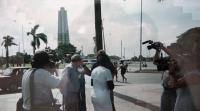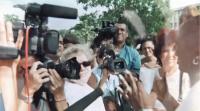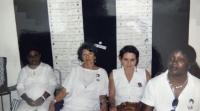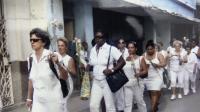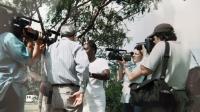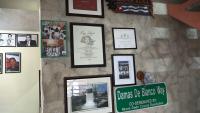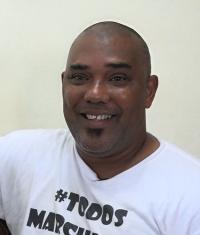Svoboda Kuby není ničí majetek

Stáhnout obrázek
Ángel Moya Acosta se narodil 20. září 1964 na Kubě v komunistické rodině, která bojovala proti režimu Batisty. Na konci 80. let bojoval v Angole. Dosud prošel několika politickými vězněními, přičemž první začalo v roce 1999 a poslední trvalo 7 let od roku 2003. V roce 1996 Moya založil Movimiento Opción Alternativa (Hnutí Alternativní volby) a v roce 2001 se stal předsedou Hnutí za demokracii a svobodu Kuby. Je ženatý, jeho manželka Berta Soler je vůdkyní kubánského občanského hnutí Damas de Blanco (Dámy v bílém), které sdružuje rodiny kubánských politických vězňů. Moya a Soler poslali své dva syny do exilu ve Spojených státech, zatímco oni sami zůstali na Kubě a pokračují v boji proti castrovskému režimu.
